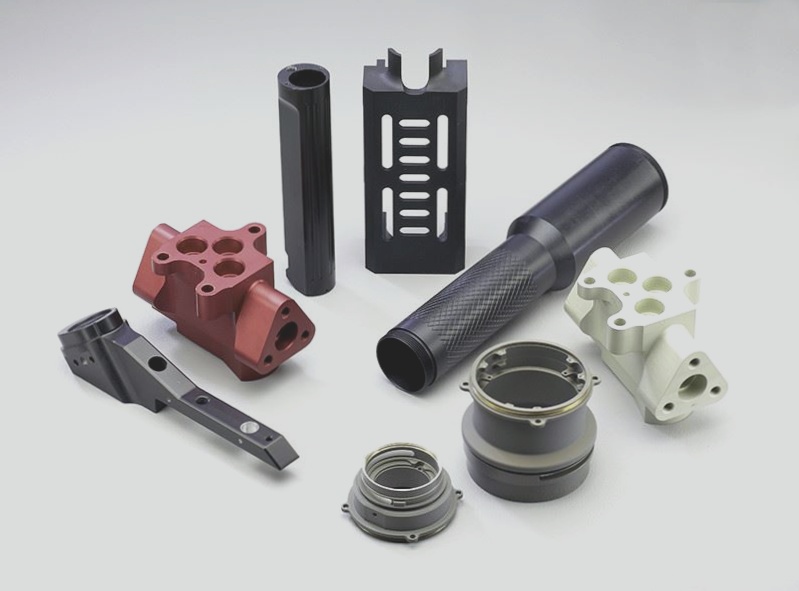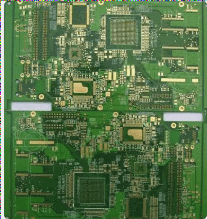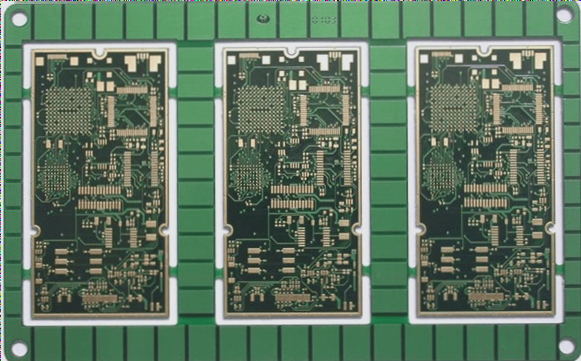Common Causes of Copper Rejection in PCB Circuit Boards
-
Manufacturing Process Factors:
- One common issue is copper foil over-etching. Standard copper foil thickness is usually over 70µm, while foils below 18µm rarely face copper rejection.
- Localized collisions during the PCB process can lead to copper wire detachment from the substrate due to poor positioning or alignment.
- Unreasonable PCB circuit designs, especially when thick copper foil is used to create thin circuits, can result in over-etching and copper loss.
-
Laminate Manufacturing Process Reasons:
During stacking and lamination, contamination of the prepreg or damage to the matte surface of the copper foil can lead to inadequate bonding strength between the copper foil and the substrate post-lamination.

-
Reasons for Laminate Raw Materials:
- Issues during the galvanizing/copper-plating process, like poor plating crystal branching, can lead to insufficient peel strength in the copper foil itself.
- Poor compatibility between copper foil and resin systems, especially in specialized laminates with high Tg sheets, can result in poor copper trace retention during insertion.
It is essential to address these factors to ensure optimal adhesion between copper foil and the substrate in PCB circuit boards, ultimately enhancing product quality and reliability.





